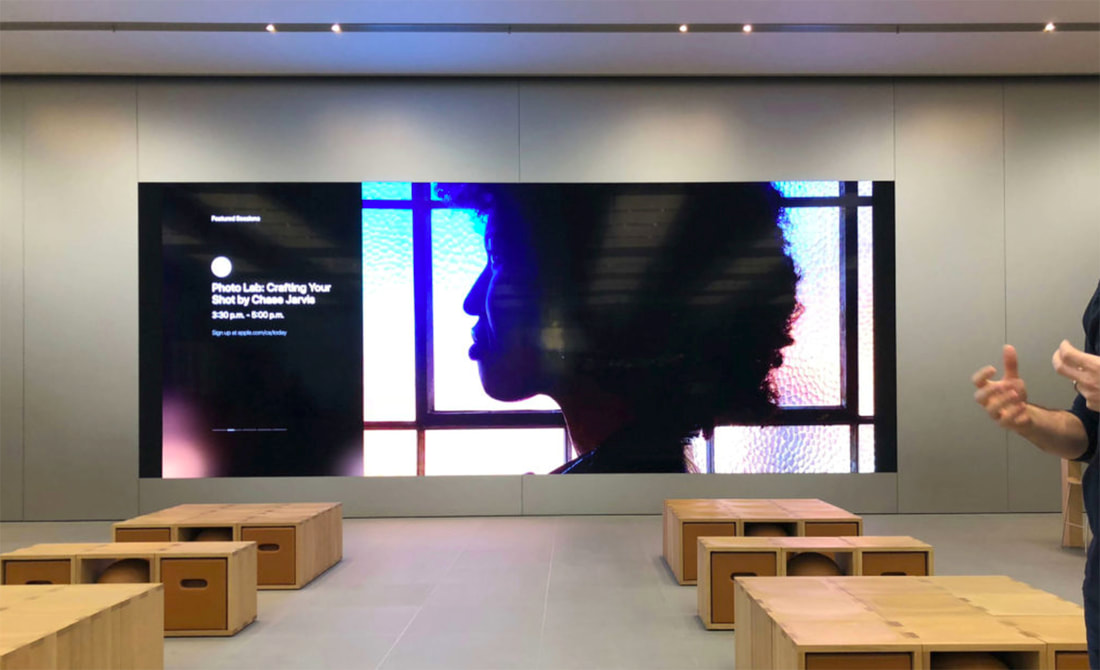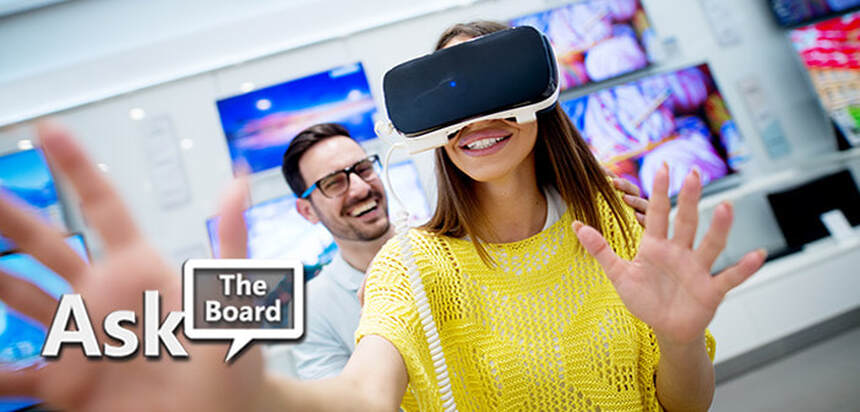|
What examples have you seen for data- driven content in video presentations? Effectively integrating data-driven content into a branded experience is not an easy task. Typically, the desire to include dynamic, self-updating content is driven by a desire to cost- optimize content creation. In many cases, this means that the inclusion of basic information like weather, time and other boring, readily available RSS-fed content. This has been a pet peeve of mine for many years. Information like time and weather are already readily accessible to us, and incorporating them into a location-based digital experience does NOT make people feel the content is more relevant to them. It is typically de-selected, or worse, it may have the opposite effect, making people feel that the content really does not provide meaningful information for them. Dynamically driven content does not need to be boring or emotionless. If a proper branded experience strategy is created that first looks at people’s purpose of visit and then aims to deliver only relevant content that is meaningful and personal, then it can be a truly powerful thing. I recently had the opportunity to take a behind-the-scenes tour at Apple retail store locations in Toronto as part of an exciting project. I had the opportunity to learn all about Apple’s staff choreography, customer journeys and integrated digital experiences that help to provide consistent brand messaging and content across all their channels. Last year, Apple introduced their “Today at Apple” concept. Its main purpose is to create environments where people can gather to talk, test and learn about all things Apple. There are no pushy salespeople urging you to take advantage of the latest limited-time offer or time limits imposed on trying the products on display. Apple encourages people to linger at the tables and spend more time at the stores. This philosophy has influenced the evolution of not only the store design, but also the content on the website, mobile apps, social media, software, and of course their in-store digital content experiences. In some flagship locations around the world, Apple has introduced massively beautiful and large 6K LED video walls that are the focal point of the new store design. In Toronto, the flagship location is located at the Yorkdale Shopping Mall, which has evolved to be a premium shopping destination. While I gazed in wonder at this beautiful crystal clear display that had razor sharp imagery of the latest Apple gadgets shown larger than life soothingly moving and rotating on this massive canvas, practically hypnotizing me and yanking at my wallet, the content went into the next segment, which was a fully dynamic RSS-fed show of “Today at Apple” that was beautifully designed and animated but also pulling real-time information that is also feeding web, mobile, and social channels. This blend of what is happening at Apple around the globe and at this local store quickly shifted my appreciation of the product, brand and design to the relevancy of information being displayed. I quickly realized that everything I was looking at was being dynamically delivered in real time and the beauty, aesthetics, tone and mood had not been sacrificed in the slightest bit. The local store event info, seminar sessions, featured happenings and even local community educational visits and sessions that were about to take place that morning were being delivered in conjunction with some large retail announcements that Angela Ahrendts, Apple’s Senior Vice President of Retail, had shared just a few minutes before online. This was achieving many objectives through the delivery of dynamic data-driven content:
Content, be it data-driven or not, can only be effective if it delivers relevant content that is in line with the visitor’s purpose of visit. In order to ensure you deliver meaningful data- driven experiences, always work with a strategic integrated brand design team that can help ensure the experience will emotionally connect with the target audience. Marcos Terenzio
0 Comments
What role do you see VR playing in helping shape the retail experience? And can you name anyone who is doing it right? Retail is experiencing major transformations and exploring new ways to connect with customers through immersive experiences. Ever advancing developments in technology are enabling more compelling and unique retail experiences to emerge, which present a strong brand identity and an opportunity to strengthen customer loyalty. Virtual reality and Augmented reality can add very strong visual sensory elements to a retail experience to make it more immersive. Some brands are incorporating interesting virtual experiences and games in retail that offer in-person interactions that set physical stores apart from other channels and make them more appealing to visit.
One example of an innovative brand that embraces new technology is Nike who is well known for immersive retail. Recently they launched www.youtube.com/watch?v=JJliIaKTtEo a unique wear test experience that puts the wearer into their own video game. The experience is available exclusively at Nike store installations in China. Customers lace up a pair of the Epic React Flyknit and then their faces are scanned to be transported into “Reactland,” which is a three-minute long virtual reality video game that each participant plays by running on a treadmill and operating a handheld controller. Their pixelated avatars run through various settings including panda-filled jungles, on top of a train, on the city streets, and even in the clouds. Runners can even share a 10-second clip of their gameplay on social media when they complete the game. This is not the first time Nike has made an attempt at changing the way consumers purchase sneakers. Over the past year, it has also created augmented reality experiences for certain limited releases like the Staple x Nike 58 Dunk Low “Black Pigeon” and more recently the “Tinker” Air Jordan 3. Another smaller brand delivering a very interesting immersive retail example is Six Hundred Four, a new sneaker brand that creates shoes based off commissioned art pieces, recently launched a VR sneaker store that harmoniously merges VR and e-commerce. It allows virtual visitors to conveniently stroll around their flagship store, viewing the original art pieces while effortlessly adding shoes to their shopping cart and it doesn’t require a headset. Both these brands and most others are primarily focused on marketing to Millennials. Millennials now form the largest spending age group on the planet. Millennial brand engagement, like all things, is going through a transformation as new technologies emerge that can either further leverage their current behaviours or instil new ways of engaging with brands. Shikatani Lacroix initiated a consumer study in the U.S. to understand how new immersive technologies, such as VR and AR are influencing how Millennials make their purchase decisions, and to determine the emerging trends marketers should take into consideration. Millennials are much more mobile and gaming-enabled and are eager to engage with and utilize interactive and immersive in-store experiences. They are more open to change and adoption of new technologies and processes. 40 percent of Millennials are open to risk and exploring new technologies, which opens the door to the use of innovative immersive engagement platforms. Ultimately Millennials see themselves as innovators and early adopters to new technology, which supports new purchase behaviour approaches. The study suggest that Millennials look for retail experiences offering virtual demonstration areas that they can view with VR Gear, the ability to receive personalized messages and offers on their smart phones, digital shelf signs that identify social media comments and votes, virtual fitting rooms where they can try a wide range of products quickly, and finally stores with large digital signs that communicate offers effectively. Millennials are open to new technologies and view them as effective tools in helping them make their purchase decisions. In order to remain relevant and continue to feed the hunger for new immersive retail experiences brands need to adopt new ways to connect emotionally with customers at retail. VR will only continue to grow and thrive as a great medium to help brands connect with customers and win the at-purchase moment. Marcos Terenzio |
Archives
April 2021
Insights LinksView more of my industry thought leadership and educational insights:
SEGD Educator, Member, and Speaker
RGD Mentor, Member, and Educator
Digital Signage Federation
Toronto Council Board Member, Educator, and Speaker Digital Signage Connection
Content Advisory Board DSE Advisory Board
|










